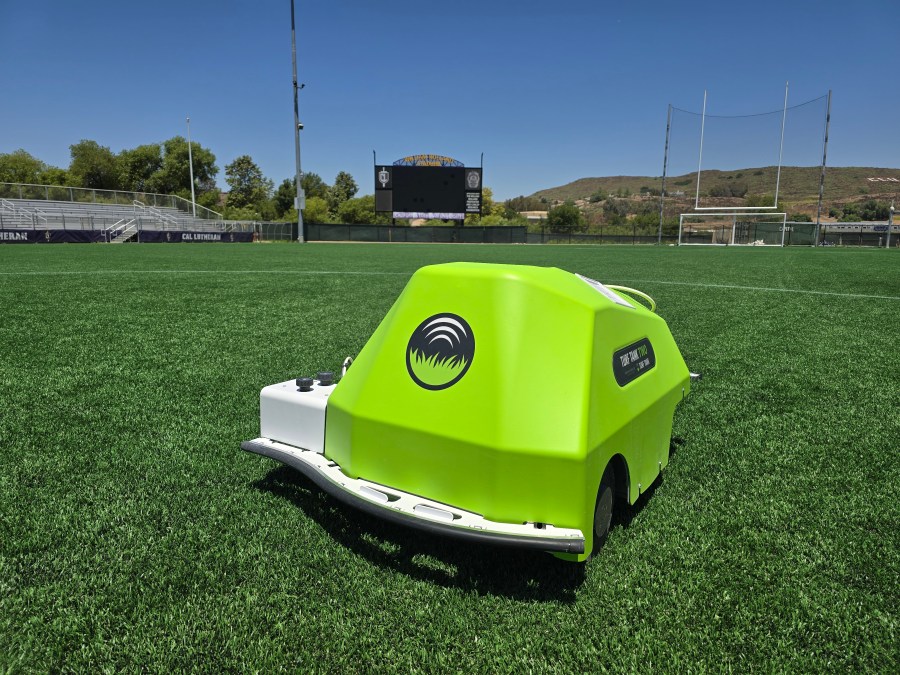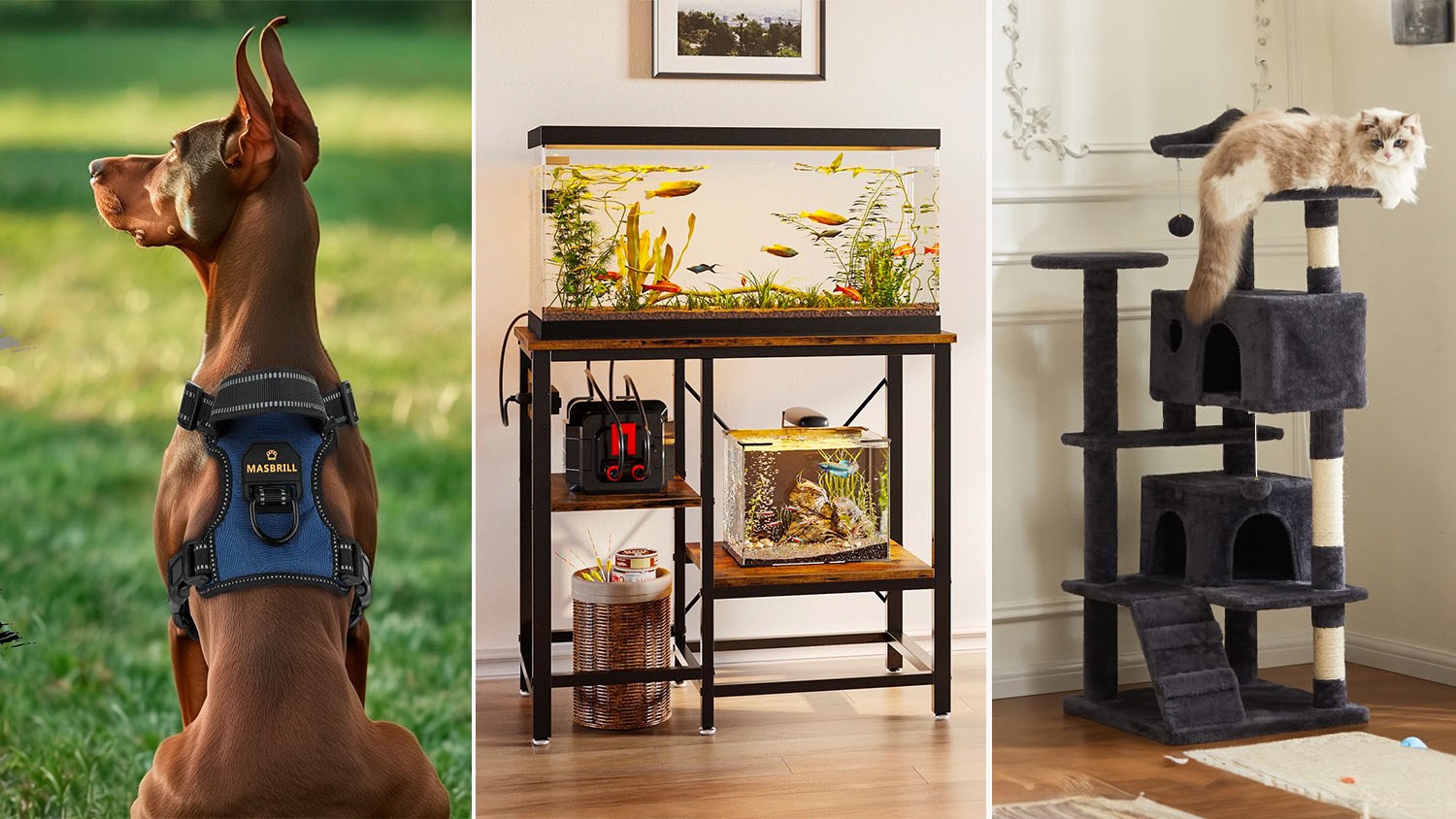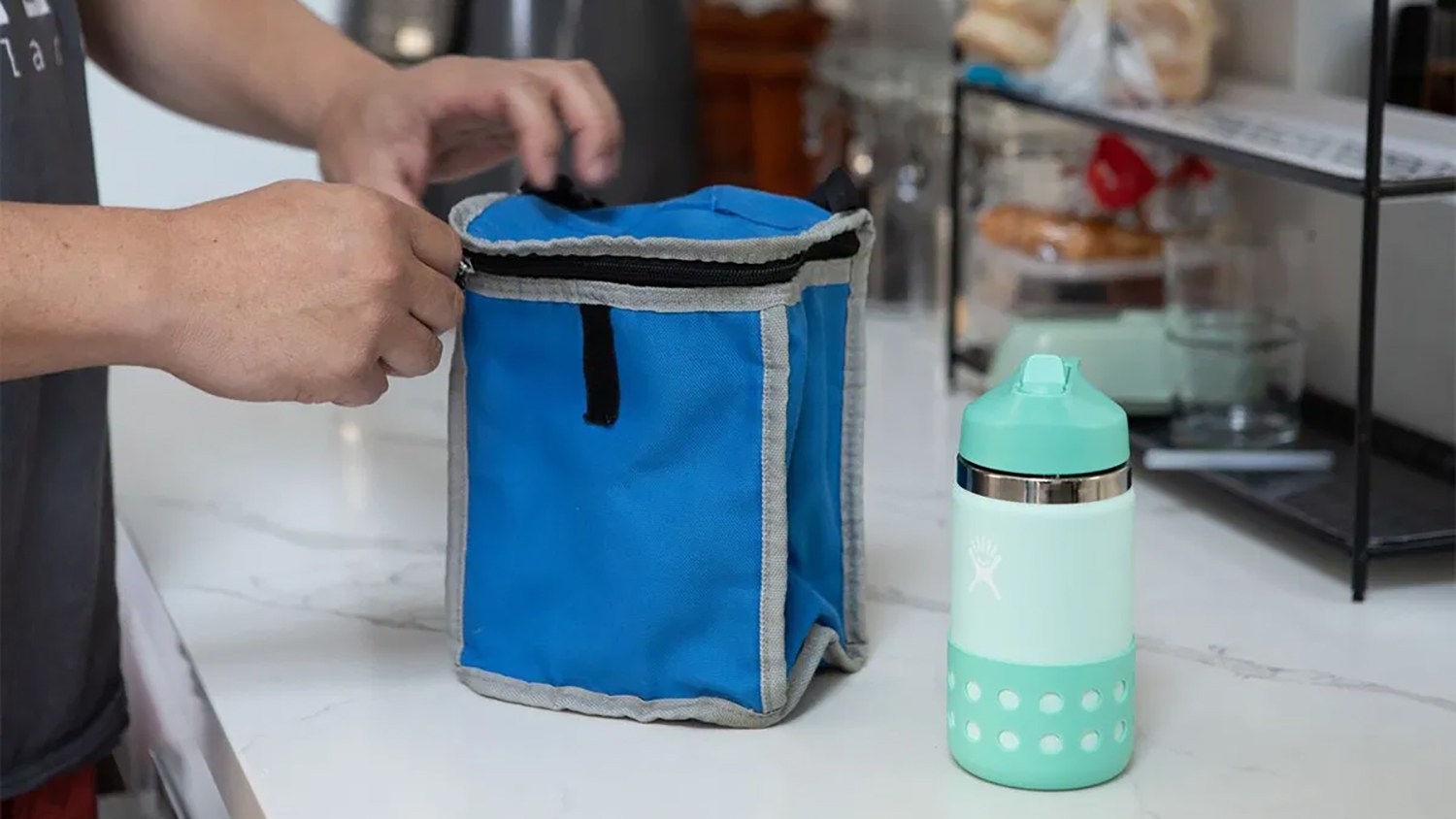At Cal Lutheran University in Thousand Oaks, the sports field lines always look fresh.
“This is a real big leap where we are actually replacing some of the things that humans would do and actually doing it better,” said Ryan Van Ommeren, Associate Vice President of Planning & Services at the school.
That’s because robots are now prepping the fields by painting the lines.
“We were convinced immediately,” said Van Ommeren.

Cal Lutheran is part of a growing trend of schools, organizations and sports teams turning to robots to help them turn fields faster than ever and paint lines with more precision.
“When we learned of the robot I knew right away that this is something that we could use and take a burden off our groundskeepers,” said Van Ommeren.
“Pulling strings, measuring, getting those right angles exactly the way they’re supposed to and the robot really eliminates a lot of the need for you know some of that manual labor,” explained Mason Steffens, a regional territory manager for Turf Tank, the company that makes the bots, which are “accurate to within a centimeter.”
An operator chooses a field template on a tablet, then the device uses GPS and WiFi to navigate around the field.
It can paint a variety of designs, from lacrosse to football, rugby and more.
Soccer lines that used to take 2 to 3 hours now take 20 minutes. A football field setup that might have taken two days now takes a few hours.

The robots use less paint, and are more efficient at field changes, making them popular with everyone from the NFL to local AYSO clubs.
The price? Anywhere from $6,000 to $16,000, but most customers rent them. Cal Luthern has a few in their fleet.
One more benefit: Locations can “turn” fields faster for different sports, which means more rental fees for various events.
So, what about the human jobs these robots are displacing?
“A human being still has to run the robot … somebody has to be there to maintain the equipment, to run the tablet, to fill the paint, just like you would with your regular walk behind equipment,” said Steffens.
Van Ommeren added that it frees up the school’s groundskeepers to focus on other tasks that might go unnoticed.






























